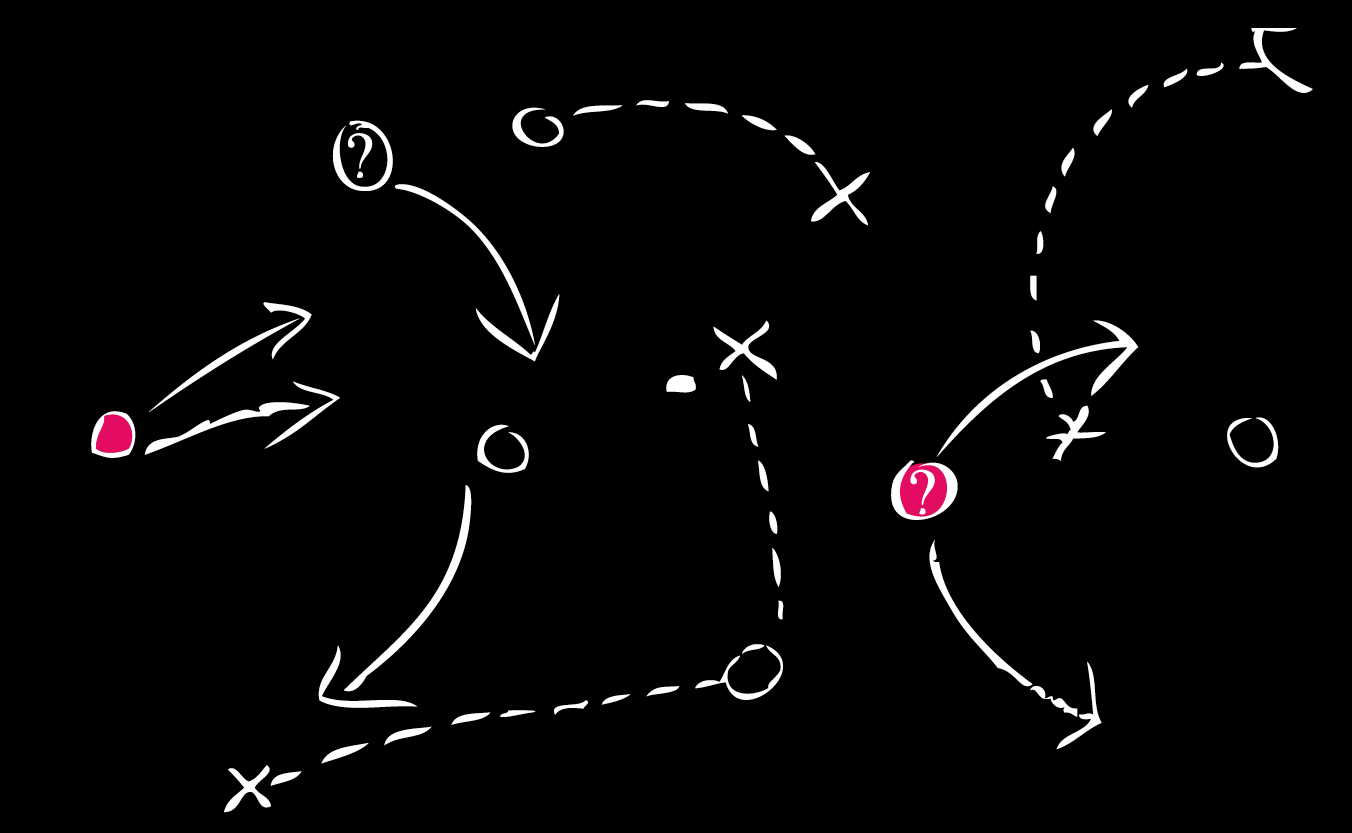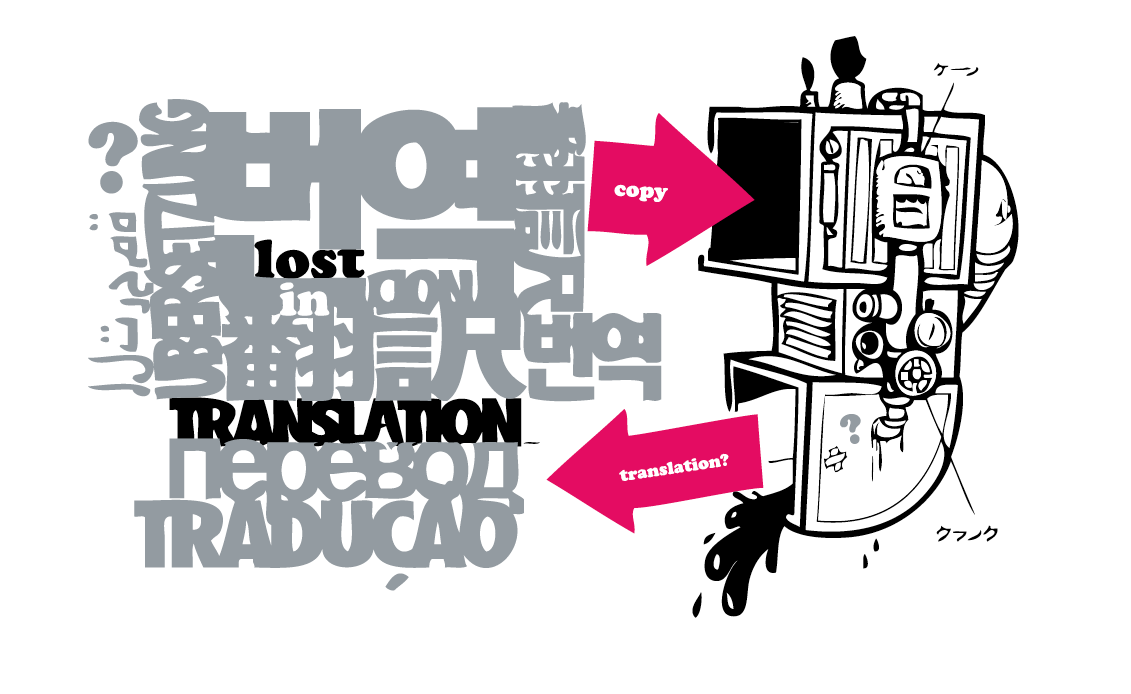Strategy

Whenever you see or hear the word strategy, an adjective or qualifier is often attached. There’s corporate strategy, marketing strategy, communications strategy and PR strategy. Occasionally strategy is relegated to role of adjective itself. ‘Strategic visions’ compete with ‘visionary strategies’ for our attention. Add in a soupçon of ‘mission’ and a drizzle of ‘values’ and what have you got? Confusion, probably. The winners are the gurus, with books and seats to sell; the losers are those on the end of the message. Just what is it that you are saying to me? What am I supposed to do next?

Simplicity must be the driving force. The challenge between strategy and action totally transparent. You have to make the thinking visible.
But what is the thinking, the strategy bit all about? If you scour the airline bookshop shelves and dip into the DIY MBAs, freely available online, you’ll end up none the wiser. However, if you do alight on the name Michael Porter, stop. Go no further. At $250,000 a day, he is a bit pricey, but he has added to the sum of management knowledge, not just with his famous ‘Porter’s Five Forces’, but critically with his own views on strategy. For Porter, strategy is not about ‘operational effectiveness’. Being good at what you do (“assimilating, attaining and extending best practice”, as he describes it) is just part of the game. Having a strategy is about “creating a unique and sustainable competitive advantage” and this will mean making trade-offs. You will know you have a strategy when you have decided not to do something, something that may have been instrumental in getting you to where you are today.
Porter’s distinctions have been simplified even further. Ask yourself, what does it take to ‘play’ and what does it take to ‘win’ in our market? Being able to define, articulate and maximise the win factors sets you apart. That’s what makes the difference; and that’s how others come to recognise you. It also helps add discipline to an organisation. If everyone knows what makes the difference, then they can avoid wasting time and resource of the ‘play’ factors that others might be better placed to supply. Outsourcing becomes an attractive option.
Of course, it’s one thing to beat the competition, when everyone is playing (roughly!) by the same rules. But what if you could change the rules, to your own advantage? When everyone is promoting mobile phones, create and own your own marketspace by including a digital camera and an MP3 player too. Doing things differently has been defined as having a ‘blue ocean’ strategy. In the red ocean (blood-red, through margin-shredding competition) everyone is battling after a share of the existing pot. In the blue ocean, you are making the competition irrelevant. For a time, you are breaking the cost/value tradeoff, as customers will see the value you offer, but be unable to ascertain your costs. You will need to align your whole business around this model, but until the competition catches up, you will know that you have created and captured new demand.
Strategically, then you are out on your own. You have a simple story to tell and it’s clear how you differentiate yourself from the competition. Now comes the challenging piece of articulating your story as quickly and as simply as possible. Can you express yourself in four words or less? If you can, as Nike so brilliantly does, then you know that not only do you have a strategy, you also have a ‘strategic principle’! But of course, that’s another story.
References
- Porter, ME, (1990) Competitive Advantage: Creating and Sustaining Superior Performance
- Kim, WC and Mauborgne, R, (2005) Blue Ocean Strategy
- Gadiesh, O and Gilbert, JL, (May 2001) Transforming Corner-office strategy into frontline action, HBR On Point




